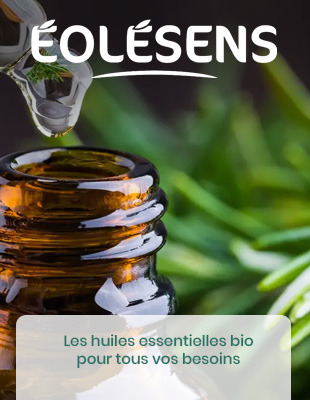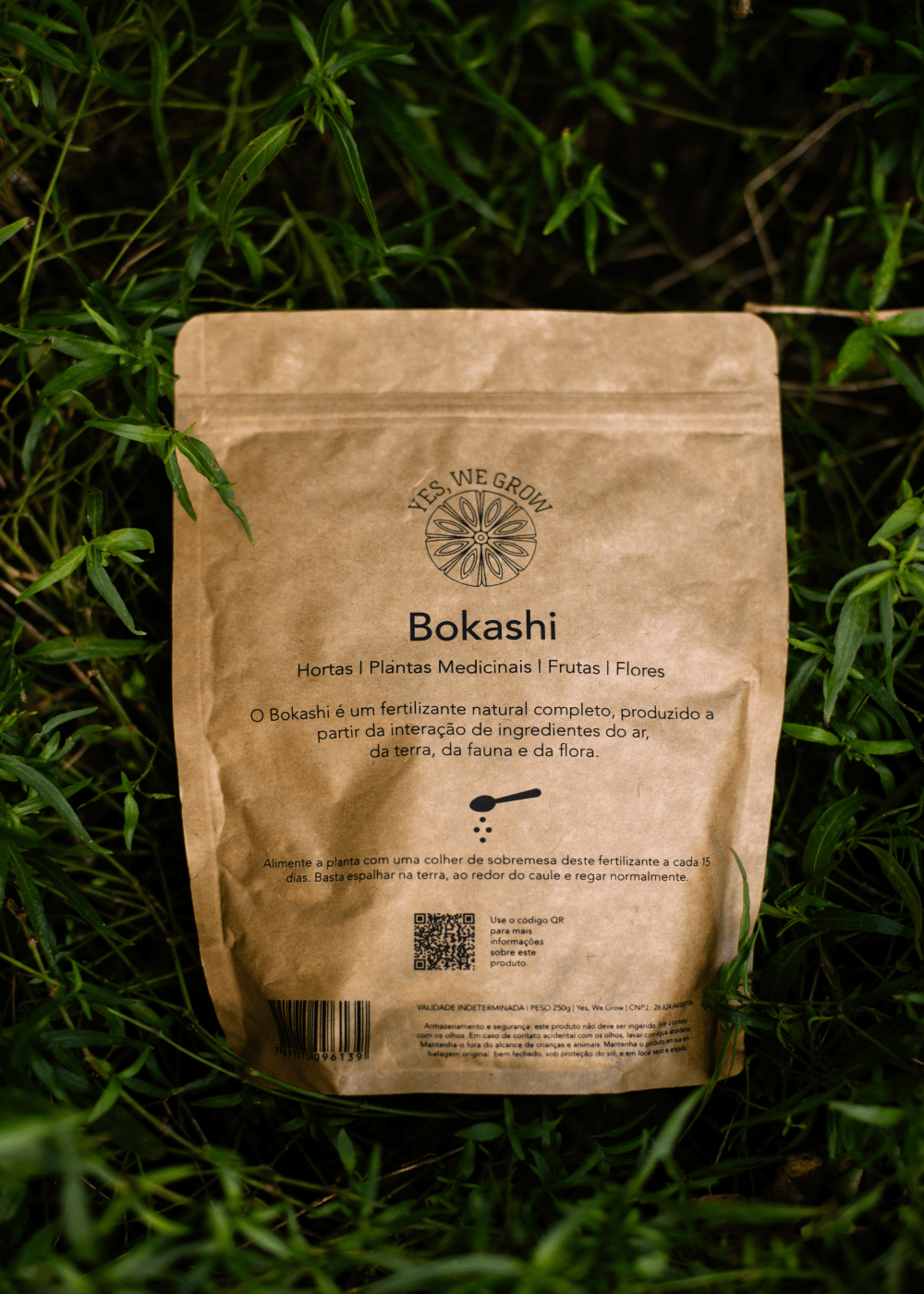

Because the harvesting of crops removes nutrients, and natural processes break down carbon and acidify the soil, it’s important to restore and maintain balance in the soil. The current quality of our agricultural soils is the result of a combination of natural factors such as soil variety and the depth of the groundwater, as well as human interventions such as fertilisation, ploughing and liming. We can’t take good soil quality for granted. Good soil quality cannot be taken for granted

Of course, other factors come into play here too, such as the development of increasingly high-yielding crop varieties, but such good results wouldn’t be possible if you don’t have good soils to start with. Compared to international standards, crop yields are very high, and are still improving for many crops. If we just consider the productivity function of agricultural land it’s difficult to conclude that we have a problem. But there’s certainly a significant element of human influence too: thanks to the creation of agricultural plots, water management, and years (or even centuries) of fertiliser application, soil quality has improved so much that high-yielding crops can be grown everywhere. To some extent, this has come about naturally: in river deltas along the coast, fertile clay gets deposited by the rivers and the sea, and in wet conditions this leads to peat formation. All of this means there’s hardly any marginal or unproductive land in the Netherlands. Our soils are highly fertile, we have good water management, and the land is level (apart from in South Limburg). Good, solid information and searching through their archives is well worth anyone's time.Let’s start with the good news: the Netherlands has excellent agricultural land, certainly when compared to agricultural soils in other parts of Europe or the rest of the world. Weekly.Įdit: These folks are pretty cool to hang out with. Neem meal (cake) has been shown to increase worm colonies by as much as 25% and you only need to add 1 tablespoon to 1 s.f. Go up to 4' x 4' and you're close to 2.25 c.f. The cables are only $30.00 and you don't need much of a thermostat - something like what you would buy at Lowes or Home Depot, etc.Įven a 3' x 3' flow-through system, fully charged with worms (about 30 lbs.) will give you in excess of 1.25 c.f. There are 12' heating cables that you build into the wall of the bins and they're controlled by a thermostat and you can maintain optimum temps that way.


The freezing weather will kill off the worm but cocoons can withstand temps < -35F and when the spring comes they'll hatch and continue processing the material in the bin/bed. If you live in an area where freezing winters are the norm you're still okay. Worms produce about 1 cocoon per week so you can see how quickly your worm colonies will grow given the right conditions. The 3,000 pack is $55.00 (delivered) and you'll end up with about 9,000 worms when they hatch.ĩ,000 worms when sexually mature (about 45 days) will be about 9 lbs. Blue Ridge Vermiculture offers them in 1,000 and 2,000 and 3,000 packs. The least expensive way to get a large bin up and running is to buy worm cocoons. of worms are added and it's left alone for about 9 months and the worms and vermicompost are separated/harvested and the worms go back into the same pit with new material having been added. The pit is loaded with manures, plant material, etc. The compost pile you have going with the cinder blocks is a typical set-up for vermicomposting on a large(r) scale. Add in some old nutrients you want to toss anyway, maybe some fish meal, rock dust, or whatever and you have yourself a really nice, designer type compost, that you can taylor to your desires. When I mix in bakashi and a "green" (hot-N) ingredient like alfalfa meal, or grass clippings and keep it damp, I can make 90 gallons of thermo (read hot like 150 degrees or more) compost, in a compost sak in weeks. Anyway the oak leafs are notorious for taking a long time to decompose because of the wood fiber in it. I compost oak leafs and grass clippings mostly augmented with veggie kitchen scraps like cucumber peels, coffee grounds, egg shells, that sort of things. If anyone is wondering why we do all this, this bakashi stuff excells in heating up a compost pile. I would not be surprised if other folks using something available to them, in a effective bakashi. Good point I use the "shopper" that we get locally weekly wether we want it or not.


 0 kommentar(er)
0 kommentar(er)
